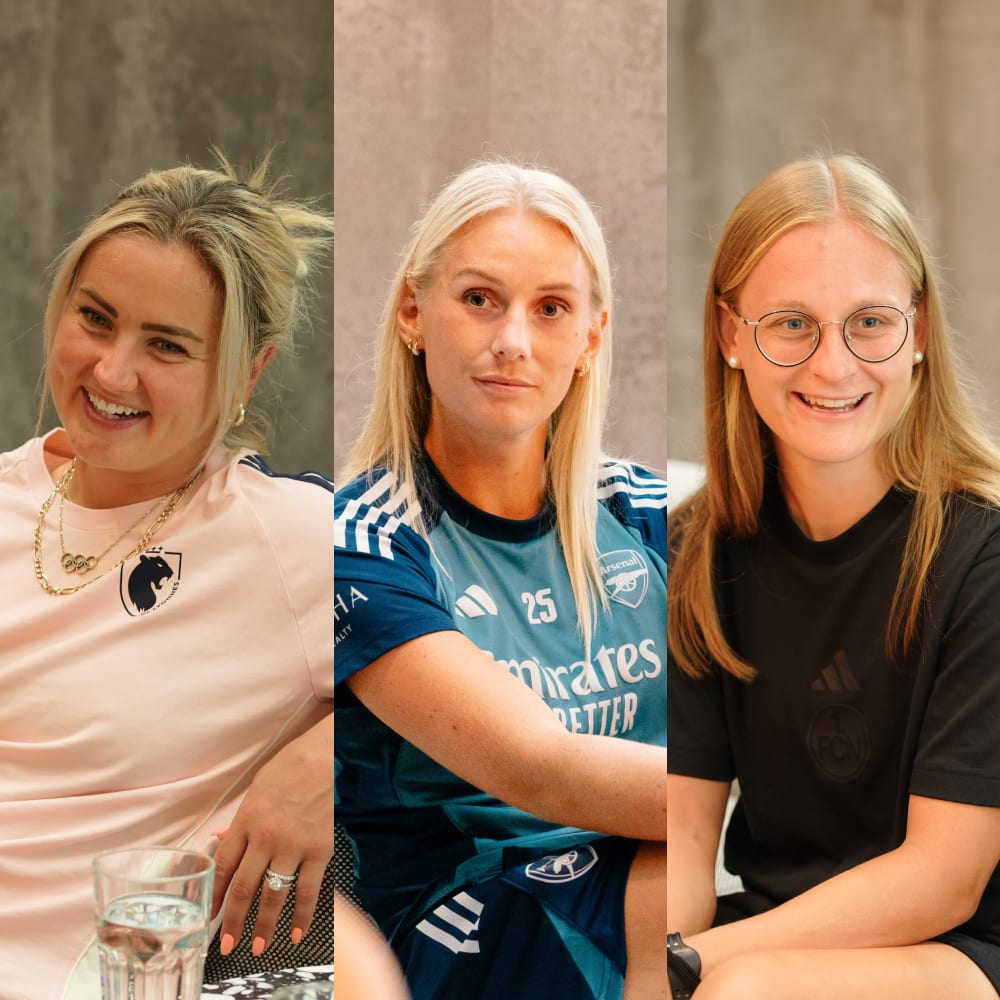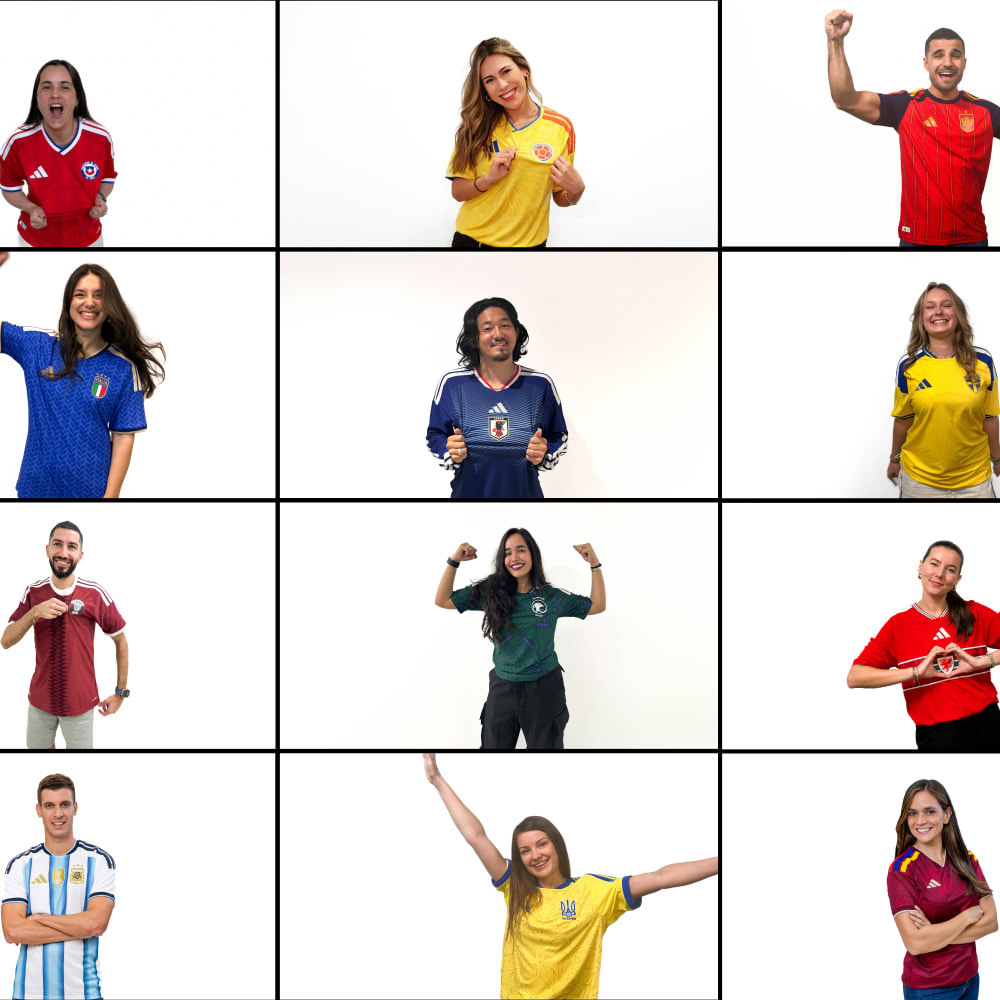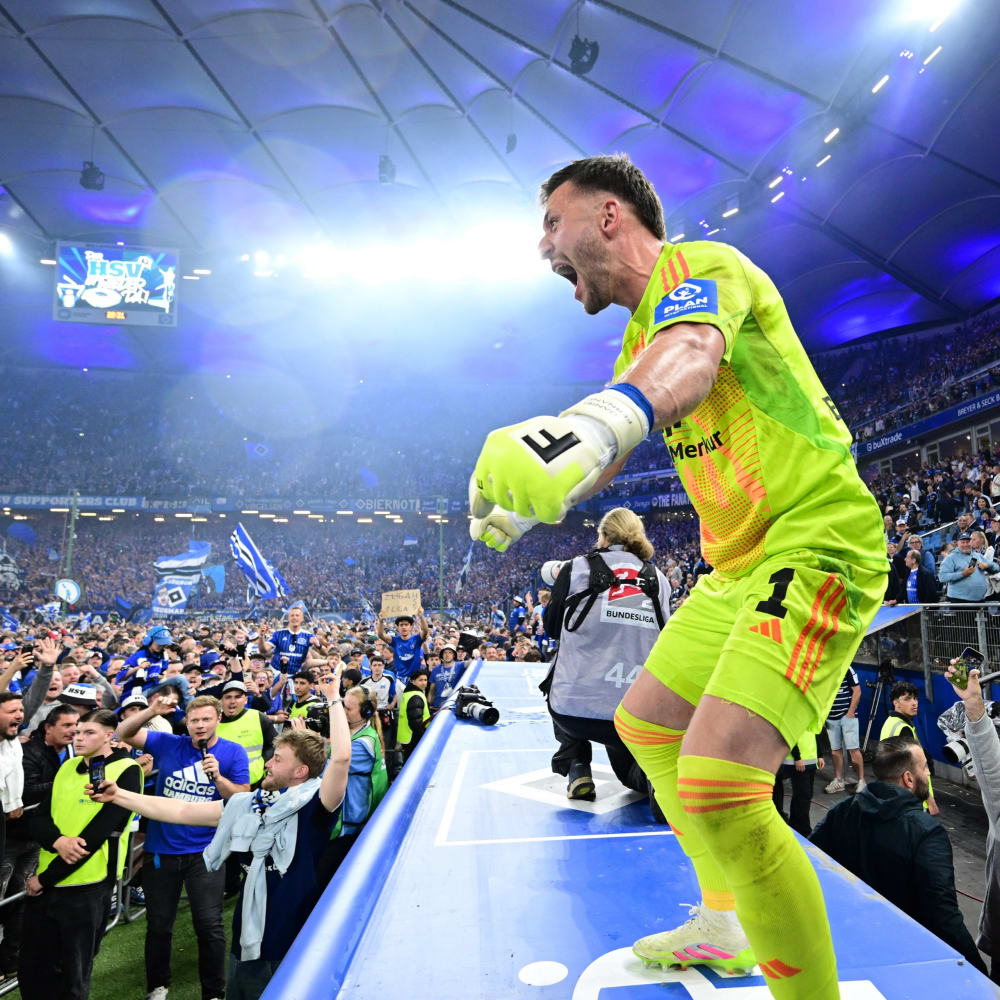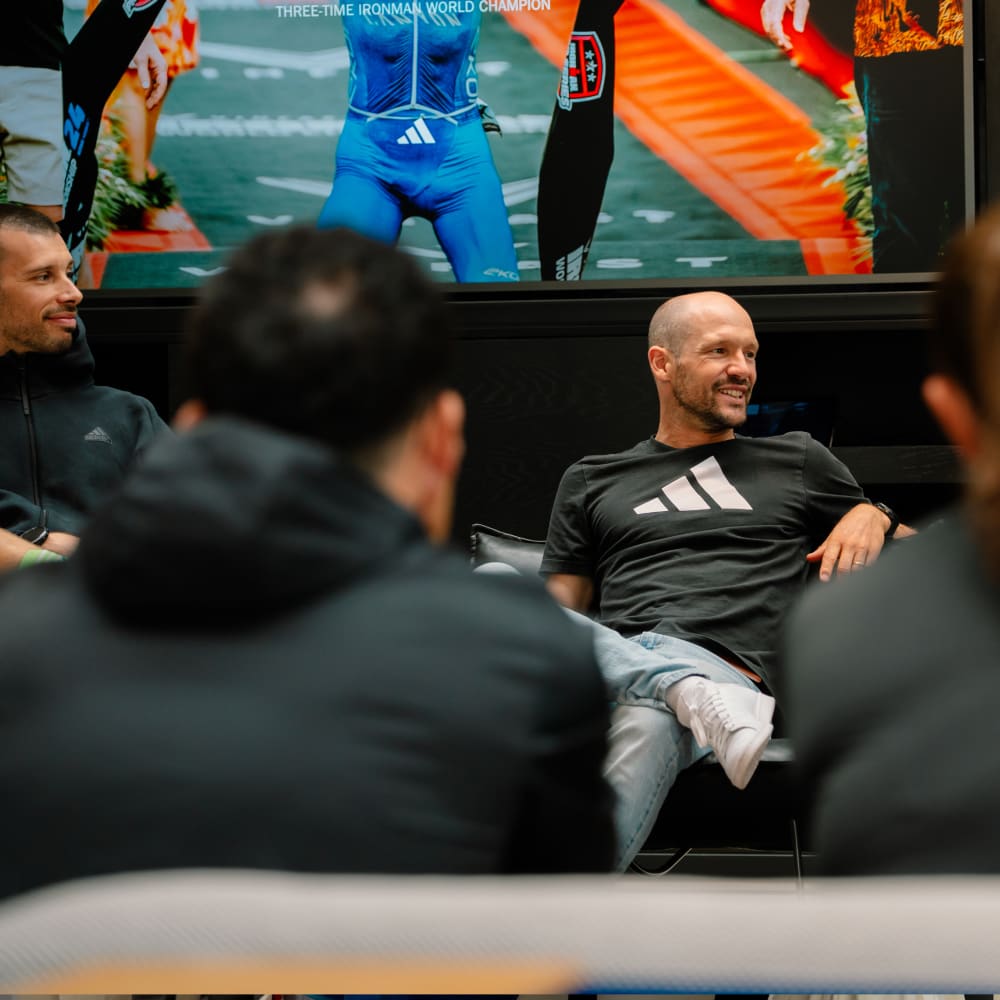
A Jersey Reinvented: The adidas 2025 Federation Kits
From her Tuscan roots steeped in Renaissance art to her vibrant passion for research and movement, Arianna Dipollina brings a unique spark to adidas’ football design team.

Known as a “Wikipedia Deep Diver,” Arianna Dipollina brings meticulous research, vibrant creativity, and a passion for storytelling to her role on adidas’ football design team. Her work on the Women’s Euro 2025 kits, including Italy’s first-ever green away jersey, highlights her innovative approach to blending tradition, art, and movement.
I spoke with Arianna to discover how her Tuscan upbringing, artistic inspirations, and love for color shaped one of the boldest jersey collections in women’s football history. Discover how her background, inspirations, and creative process shaped some of the boldest designs in women’s football history.
Q: Can you share a bit about what your role as a graphic designer within the football team entails?
Arianna: As a graphic designer, I focus on creating patterns, graphics, and visual elements that bring jerseys to life. This includes considering how designs flow on the body, how colors pop on the field, and how patterns can evoke a sense of pride and identity.
For example, prior to working in the football business unit, I was working on our Sportswear line, and as a graphic designer we were mainly doing prints. A print is a tile of a graphic that repeats across the entire garment. During my time in the Sportswear business unit, we were designing different types of prints we consider evergreen, like animal prints, floral prints, and camo prints, which we always want to have on our retail shelves. Then, there are wild cards that change every year. Of course, it’s always a challenge to reinvent these—like doing camo or animal prints in a way that hasn’t been done before.
Preparing for the UEFA Women’s Euro 2025™
Q: How did you get involved in designing federation kits for the Women’s Euro 2025?
Arianna: My first day in the football design team actually was on a train. We met on the train platform, and we immediately traveled to Berlin to do research for the federation kits in preparation for the Women’s Euro 2025 in Switzerland. That was my first day in the football business unit. I absolutely had to hit the ground running. It was an exciting start! We explored museums, studied immersive art installations, and examined street art. Between all of the federation kits, our intention was simply to go to Berlin and experience some art. We were especially interested in immersive art because we wanted these kits to have this character of immersiveness.
The goal was to gather inspiration for the overarching theme of art and how it could influence the jerseys. It was intense, but it set the tone for the creative journey ahead.
Q: What does it mean for art to be the overarching theme for this summer’s tournament?
Arianna: Art is universal—it connects people while allowing each culture to express its individuality. For the Women’s Euro jerseys, we wanted to capture the immersive nature of art. Jerseys aren’t just static pieces of clothing; they’re dynamic, moving with the players and telling a story on the field. The Berlin trip helped us see how we could translate the emotional and visual impact of art into wearable designs.
Designing Italy’s historic green jersey
Q: Italy’s away jersey is green—a first in their 125-year history. What inspired that bold choice?
Arianna: Italy’s away jersey has traditionally been white. Going green was a bold departure—a gamble, even. It’s the first away jersey not to be white in the federation’s 125-year history. But it allowed us to reimagine the Italian flag’s colors in a fresh, modern way. Green became the protagonist, paired with red stripes and white accents to balance tradition and innovation.
The design draws from Renaissance geometry—specifically, the circle’s role in motion and harmony. Of course, the Renaissance was deeply focused on geometry, and the circle was predominant in artistic research. For example, domes in architecture—these were some of the very first proper architectural domes. The circle represents perpetual motion, and I wanted to incorporate this study of movement, which aligns beautifully with the idea of athletes’ body movement. This is something I always try to address with my graphics whenever the brief allows it.


Tuscan roots and artistic influences
Q: How did your background shape your approach to designing Italy’s jersey?
Arianna: Growing up in Tuscany, surrounded by Renaissance art and architecture, deeply influenced me. I studied at an art-focused high school before pursuing communication design at university in Milan. Those experiences gave me an appreciation for storytelling and craftsmanship.
One of the more recent experiences – and a personal highlight of mine – that has even shaped my jersey design approach in preparation for the 2026 World Cup involved traveling to Rome. At the Italian Football Federation’s headquarters, they just drove me to the Stadio Olimpico, where they have all the jerseys from the past 30 years stored. I was able to look at them in the sun, in the shadow, and against the green of the pitch. What does this shade of blue look like? And this? It was amazing to analyze the evolution of the jerseys in such a tactile and visual way.
Q: How did you balance the technical aspects of jersey design with creativity?
Arianna: For me, it’s about keeping the process playful while respecting the technical constraints. I’ve always been inspired by a visionary Italian designer who mastered the balance between precision and creativity, blending structure with a sense of fun—something I try to emulate in my own work. Designing jerseys involves strict guidelines—like adhering to FIFA regulations—but there’s always room for creativity. I want every jersey to feel dynamic and full of life, even within those boundaries.
Research: The foundation of creativity
Q: You mentioned that a big part of the Berlin trip was doing research. What role does research play in your design process?
Arianna: Research is my favorite part of the job. I’m known as a Wikipedia deep diver. My process starts with gathering visuals—photos, historical references, anything—and creating a physical collage to map connections. It’s like that TV show thing where they pull strings between push pins. At one point, I was asked to stop doing this in the office because the boards would sometimes fall on people!
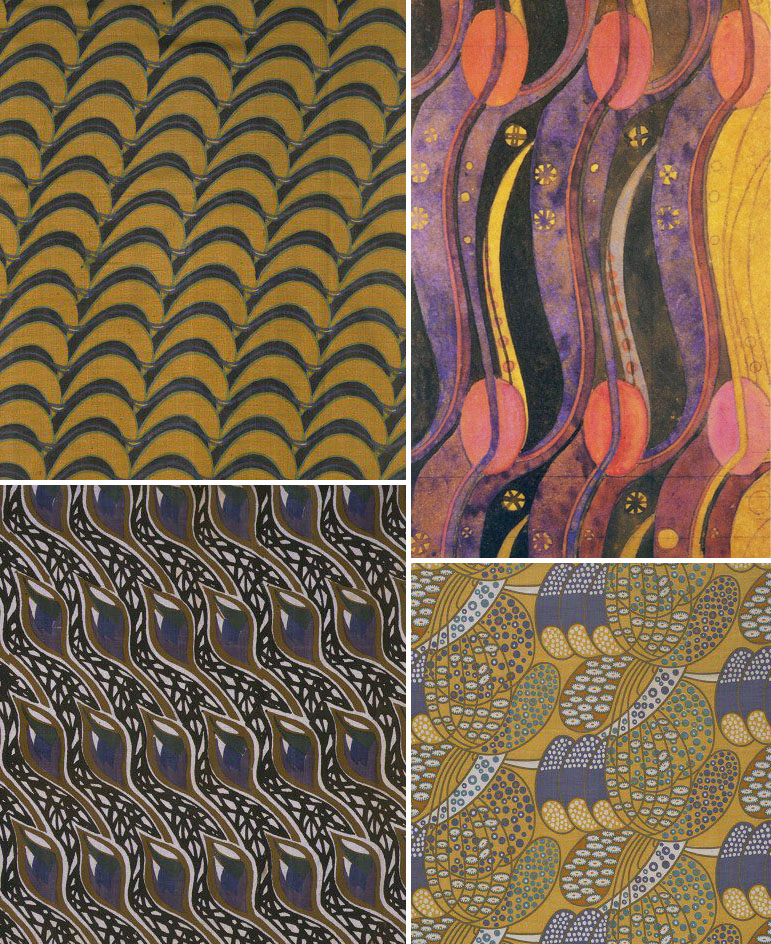
The role of collaboration in jersey design
Q: How many people would you say are involved in the entire jersey development process?
Arianna: So many people! I think one day we should count and come up with a realistic number. From the people in the federation giving input, to sports marketing, to our product managers writing and refining the brief, to the design team starting their work, and all the higher-ups checking it—there are countless contributors.
Then there’s the developers and the material development teams, who play a crucial role in making the kits come to life, and the factory workers making the first samples, assembling badges, trims, and tapes. All the logistics people transporting the jersey. It’s an expensive product, but you can see why when you think about the layers of effort behind it.
Q: How did your family and friends react when you told them you were designing the Italian jersey? And what does designing your home country’s jersey mean to you?
Arianna: They were thrilled, especially my dad, who’s a football journalist. My family are passionate Inter Milan supporters, so football has always been part of our lives. I’m the type of person who, as a kid, would change their mind about which job they wanted every five days: a painter, a pilot, an astronaut, or even a truck driver. But never in my wildest dreams did I imagine doing something this important—something that touches so many people and is seen and remembered by so many.
Though I grew up fencing—a very different sport—football has always held a special place in my childhood memories. 2006 was a big for me—Italy winning the World Cup, following each match religiously, and the night we won is a memory I’ll treasure forever. Being able to be part of this and relive those moments through designing these jerseys is incredible. It feels like honoring my childhood in a way.
Celebrating the launch
Q: Launch day is right around the corner. What does launch day look like for you?
Arianna: Launch day is going to be a whirlwind of emotions. This time we have an on-campus, runway event that day scheduled called Kit Couture. I can’t wait to attend. It’s also the first time I’ll share photos of the jerseys with friends and family. I’m eager to hear their honest opinions.
Afterward, I plan to read all the comments—both good and bad. Feedback helps me grow as a designer. And yes, I’ll be making sure my family is fully equipped with jerseys to show off. It’s a proud moment for all of us.
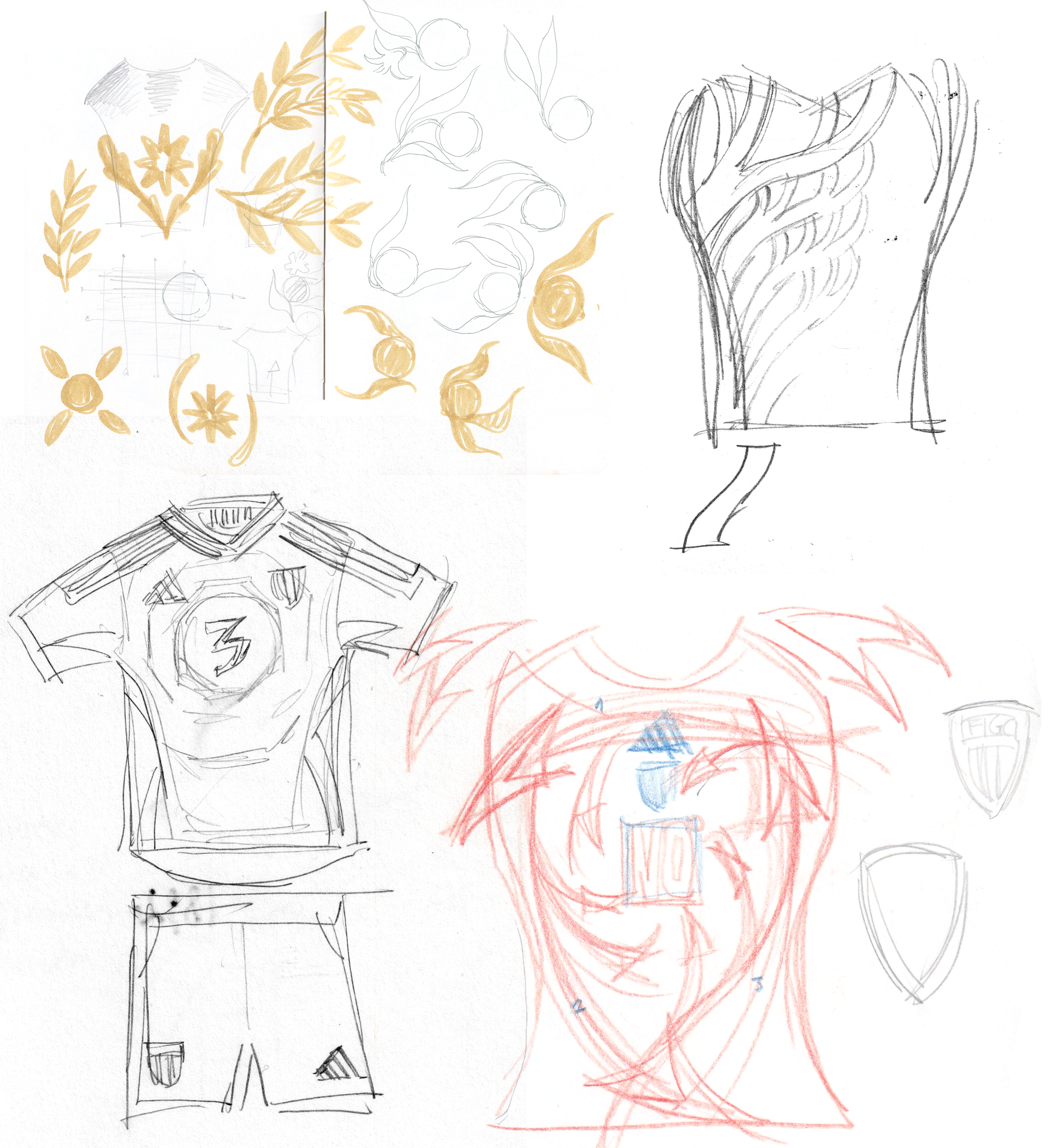
Q: What advice would you give to aspiring jersey designers?
Arianna: Be a huge nerd! Curiosity is your greatest tool. Dive deep into research, explore new techniques, and don’t be afraid to challenge the rules. Jersey design is full of constraints, but those limitations can spark incredible creativity.
Sketching is also crucial to me. I always start my designs in my sketchbook before moving to digital tools. It helps me refine ideas and experiment freely. And remember, feedback is invaluable. Whether it’s from colleagues or fans, other perspectives can push your designs further.
Arianna’s journey—from her Tuscan roots to adidas’ global stage—is a testament to the power of art, culture, and curiosity in design. Her passion for research, her love of color, and her commitment to storytelling shine in every stitch of Italy’s historic green jersey and the Women’s Euro 2025 kits. Learn more about adidas' UEFA Women’s Euro 2025™ federation kits here.







